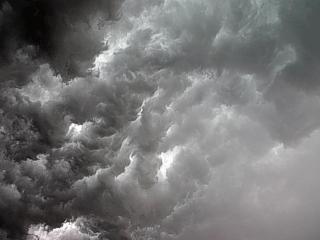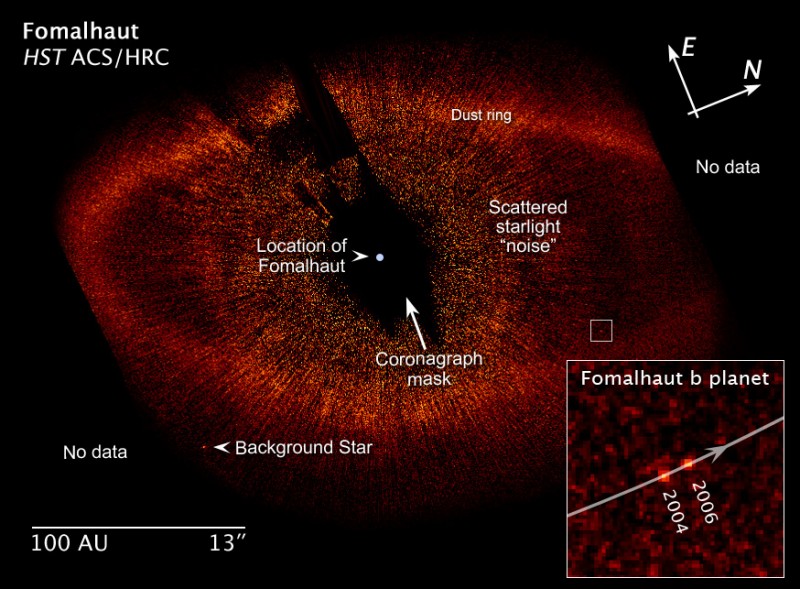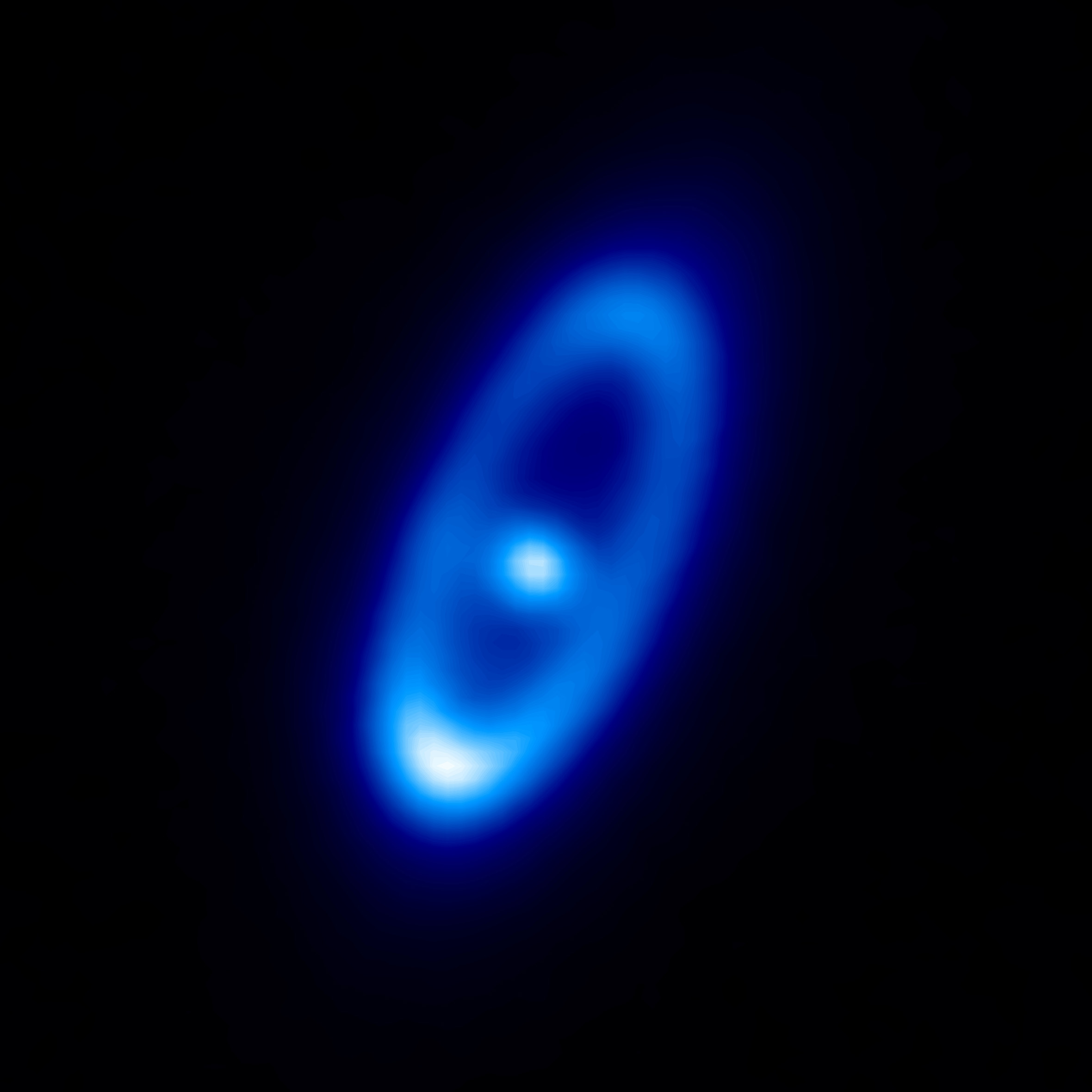apodman wrote:Fomalhaut
The brightest star in the constellation Piscis Austrinus (the Southern Fish), 24 light-years from Earth.
[Arabic fam al-ḥūt, mouth of the fish, Fomalhaut : fam, mouth + al-, the + ḥūt, fish.]
---
Taxonomological note: Jabba the Hutt was a slug, not a fish.
Matthew 17:27 Go thou to the sea, and cast an hook, and take up the fish that first cometh up; and when thou hast opened his mouth, thou shalt find a piece of money: that take, and give unto them for me and thee.
-------------------------------------------
http://en.wikipedia.org/wiki/Fomalhaut
<<Fomalhaut (α PsA / α Piscis Austrini / Alpha Piscis Austrini) is the brightest star in the constellation Piscis Austrinus and one of the brightest stars in the sky. Its name means "mouth of the whale", from the Arabic فم الحوت fum al-ḥawt.>>

<<This is a picture of the backside of the shelf cloud of severe thunderstorms near Spiceland, Indiana. The boiling appearance of the clouds (sheared by outflow air meeting air ahead of the storm system) is sometimes called the "whale's mouth".>>
http://www.sky-chaser.com/mwcl2006.htm
-------------------------------------------
http://antwrp.gsfc.nasa.gov/apod/ap040123.html
http://antwrp.gsfc.nasa.gov/apod/ap071012.html
..............................................
Raven and the Whale
an Inuit (Eskimo) story retold by Laura Simms
http://www.healingstory.org/wwwboard/ra ... Whale.html
<<In the very beginning of time, the Inuit people say, Raven made the world. Raven was both a god and a bird with a man inside. After Raven created everything, he decided to remain on the earth. He loved the people and the animals and he was curious about them all. Even though he had made the world, he did not know everything there was to know.
Raven liked to paddle his kayak out into the sea. One day he saw a large whale.
He said, "I wonder what it looks like inside the belly of a whale."
Raven waited until the whale yawned. When its mouth was wide open, he rowed right in. He tied his kayak to one of the whale's teeth and started walking deeper inside the whale's body. The mouth of the whale closed behind him and it grew dark. Raven heard a sound like a drum or distant thunder. He walked until he came to the belly of the whale. The white bones of the whale's ribs rose up around him like ivory pillars.
In the center of the whale's belly, Raven saw a beautiful girl dancing. She had strings attached to her feet and hands stretching to the heart of the whale. Raven thought, "She is so beautiful. I would like to take her out of this whale and marry her."
So he said to her, "I am Raven. I made the world. Will you come with me into the world and be my wife?"
The maiden replied, "Raven, I cannot leave the whale. I am the heart and the soul of the whale. But if you want to stay here and keep me company, that would make me happy."
Raven threw back his beak, revealing his human face. He tossed back his wings and sat with his hands on his knees. He watched the girl as she danced.
When she danced quickly the whale soared through the water. When she danced slowly the whale floated calmly. Soon, the girl danced so slowly that she stopped moving and her eyes closed. Raven felt a cool wind from the world blow through the spout of the whale. He thought again of taking the girl with him into the world. He felt human desire. And, he forgot what she said.
Raven pulled his beak back down over his face and covered his arms with his wings. He grabbed the girl. He heard the strings snap as he flew with her out of the whale up into the sky.
As he flew, Raven heard the whale thrashing below in the ocean. He watched the whale's body as it was tossed by the waves onto the shore. The whale was dead and the girl in his arms grew smaller and smaller and disappeared.
Raven realized that everything that is alive has a heart and a soul and everything in the world is born and dies. He was overcome with great sorrow. He was so sad that he landed on the sand beside the body of the whale. For weeks he cried and cried. Then Raven began to dance. He danced for weeks. Then Raven began to sing. He sang for weeks and weeks until his heart was soothed. Then he flew back up into the sky.
He promised the humans and the animals that he would always return to this world as long as we cared for one another and understood that everything in this world lives and dies, and everyone human and animal has a heart and a soul. Raven's tears were the first tears. His dance and his song of grief and healing were the first song and the first dance.>>
...............................................
© 2001 Laura Simms reprinted from STORIES THAT NOURISH THE HEARTS OF OUR CHILDREN, Holland-Knight Publication; the Raven stories exist throughout Alaska and the Northwest Coast. This is my retelling combining several sources.
-----------------------------------------------------------------







